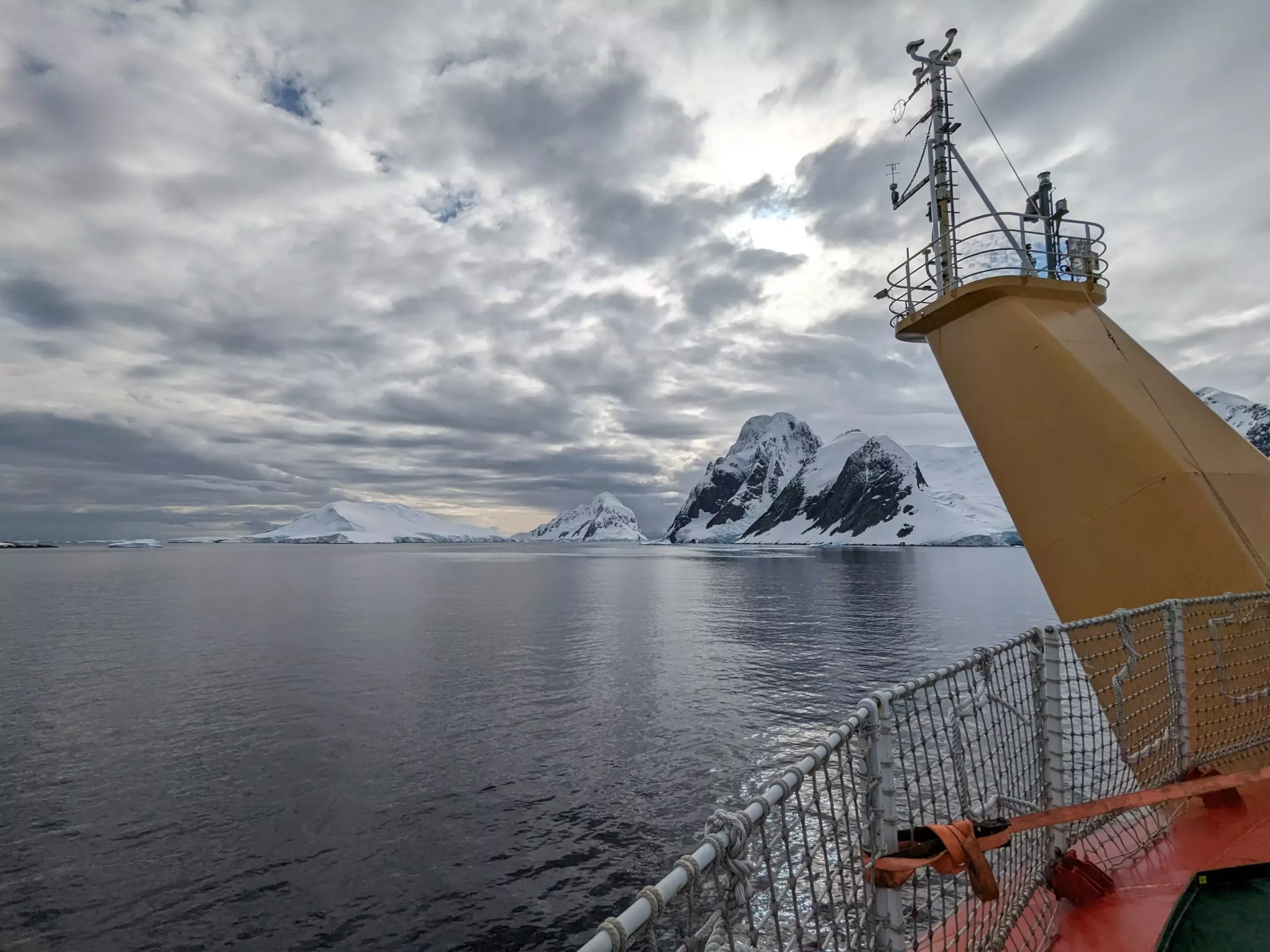Recent studies led by the University of East Anglia (UEA) in collaboration with the Plymouth Marine Laboratory (PML) have unveiled a significant revelation: the Southern Ocean is absorbing carbon dioxide (CO2) at rates much higher than previously estimated. This groundbreaking research utilized direct measurements, challenging the notions built on indirect data that painted a far less robust picture of the ocean’s ability to mitigate climate change. The Southern Ocean, crucial for absorbing anthropogenic CO2 emissions, is now seen as an even more vital ally in our fight against global warming.
The study’s findings suggest that this ocean area around Antarctica serves as a stronger CO2 sink—up to 25% more effective—than earlier estimates derived from shipboard measurements, profiling floats, and biogeochemical models. This major increase in carbon absorption capacity calls for a significant recalibration in how climate scientists quantify the Earth’s carbon systems. The implications could reshape our strategies for addressing climate change, making such research not only relevant but imperative.
Pioneering Measurement Techniques
A remarkable aspect of this research is the deployment of an innovative technique known as eddy covariance. This method involves using flux systems mounted on the foremasts of ships to directly measure the air-sea CO2 fluxes. Over the course of seven extensive research cruises, scientists accumulated approximately 3,300 hours of data reflecting the atmospheric interactions in the Southern Ocean during the Antarctic summer—between November and April of 2019 and 2020. The frequency of data collection with this approach starkly contrasts with earlier methods, which often resulted in averages taken over much longer intervals, thus reducing the precision of CO2 uptake estimates.
Dr. Yuanxu Dong, the lead author of the study, emphasized that this is the first extensive application of direct measurements for assessing existing carbon flux estimates in the Southern Ocean. As the data shows this ocean captures significantly more CO2 than models account for, it raises pressing questions regarding current monitoring frameworks. The study clearly illustrates how advancements in measurement technology can illuminate areas fundamentally misunderstood and misrepresented in climate models.
Overcoming Variability and Uncertainty
One of the most pressing challenges highlighted in this research is the significant variability and uncertainty associated with CO2 flux measurements in the Southern Ocean. Past estimates were largely based on outdated methodologies that failed to account for short-lived but intense uptake events. As the authors point out, existing models and data collection methods need a drastic update to remain relevant and reliable.
Temperature fluctuations in the upper ocean and outdated sampling methods have led to underestimates of actual carbon absorption levels. The novel findings of this recent study not only diminish these uncertainties but also allow scientists to reevaluate the operational frameworks through which we understand its role in our planet’s carbon cycle. The call for enhancing resolution in future models is an essential takeaway that could yield more accurate predictions of CO2 capture capability—imperative for future climate forecasting efforts.
The Future of Maritime CO2 Research
The implications of this study extend beyond immediate findings. The researchers acknowledge that a significant hiatus in winter data remains a critical gap, as the Southern Ocean becomes increasingly inaccessible during colder months. To this end, the expansion of maritime monitoring systems—including more autonomous buoys and sail drones—could alleviate the current lack of comprehensive seasonal data.
In a world where shipboard CO2 measurement efforts have waned due to funding cuts and the COVID-19 pandemic, attention must turn towards increasing investment in maritime research. The decreasing dataset compilation for CO2 monitoring is alarming; a decline of 40% in observations from 2017 to 2021 for the Southern Ocean raises red flags for future climate research.
Prof. Tom Bell and the research team have taken initial strides towards innovation with their flux measurement systems now onboard the RRS Sir David Attenborough. This vessel represents hope for a submerged world of uncharted territories crucial for understanding climate dynamics further. Their promise to continue collecting data moving forward underscores a commitment to rigorous, science-backed monitoring vital for predicting climate shifts.
Transforming Climate Science with Direct Evidence
The discovery that the Southern Ocean may function as a more formidable carbon sink holds profound implications for global climate models. Future research must build upon this direct evidence to refine our understanding of ocean carbon dynamics. Enhanced accuracy in emissions reporting and the capacity for more direct measurements could revolutionize how we confront climate change. In this context, researchers are beckoning for a paradigm shift in climate research—one that integrates sophisticated methodologies with a concerted push for funding and resources. The stakes have never been higher, and every new revelation could be a pivotal step in mitigating the ominous threat of climate change.

